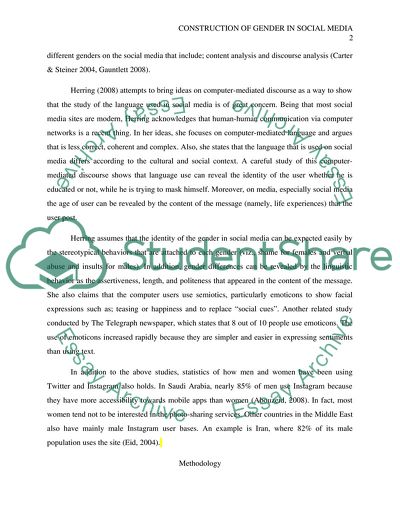Cite this document
(“Construction of Gender in Social Media Essay Example | Topics and Well Written Essays - 1750 words”, n.d.)
Construction of Gender in Social Media Essay Example | Topics and Well Written Essays - 1750 words. Retrieved from https://studentshare.org/media/1691805-construction-of-gender-in-social-media
Construction of Gender in Social Media Essay Example | Topics and Well Written Essays - 1750 words. Retrieved from https://studentshare.org/media/1691805-construction-of-gender-in-social-media
(Construction of Gender in Social Media Essay Example | Topics and Well Written Essays - 1750 Words)
Construction of Gender in Social Media Essay Example | Topics and Well Written Essays - 1750 Words. https://studentshare.org/media/1691805-construction-of-gender-in-social-media.
Construction of Gender in Social Media Essay Example | Topics and Well Written Essays - 1750 Words. https://studentshare.org/media/1691805-construction-of-gender-in-social-media.
“Construction of Gender in Social Media Essay Example | Topics and Well Written Essays - 1750 Words”, n.d. https://studentshare.org/media/1691805-construction-of-gender-in-social-media.


